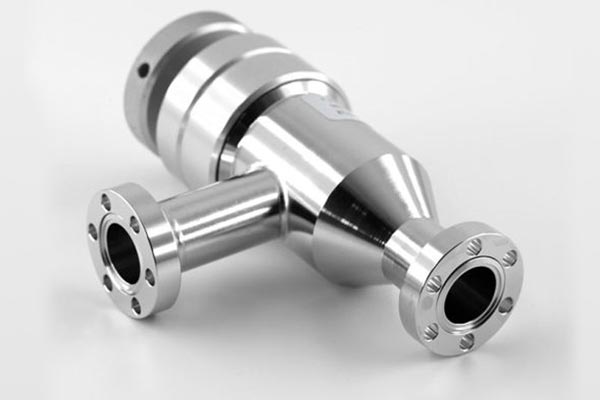Vacuum casting and CNC (Computer Numerical Control) machining are vastly different manufacturing techniques. The former is a rapid prototyping and production process used predominantly with polymers, while the latter involves the precise removal of material using cutting tools controlled by a computer. However, their integration offers remarkable results in the manufacturing landscape. Let’s explore various ways these two methods can complement each other and how vacuum casting can get employed in tandem.
Prototyping and Model Verification:
Vacuum casting is renowned for its rapid prototyping capabilities. By creating a silicone mold of a master model and then using a vacuum to draw in a liquid polymer, manufacturers can produce multiple high-fidelity replicas quickly. Before investing in expensive CNC machining setups, prototypes from vacuum casting can get utilized to verify the design, fit, and function. This approach reduces risks associated with errors or design oversights.
Combining Strength with Aesthetics:
CNC machining is known for its precision and the ability to work with various materials, including metals. Parts made using CNC often boast high strength and durability. On the other hand, vacuum-cast parts, especially those made from polyurethane resins, can closely mimic a range of materials’ aesthetics, including various plastics, rubber, and even some metals.
Master Model Creation:
A master model is essential for the vacuum casting process. This model is what the silicone mold gets based on. CNC machining is an excellent way to create this master model because of its precision and ability to reproduce intricate details. A CNC-machined master model ensures that all subsequent vacuum cast parts are of high quality and detail fidelity.
Hybrid Components:
In some applications, a single component might require both the intricate details and material properties offered by CNC machining and the benefits of a specific polymer or elastomer provided through vacuum casting. In such cases, CNC-machined parts combined with vacuum-cast components to create a hybrid part that serves its intended purpose.
Cost-Effective Short Runs:
For limited-production runs, creating a full CNC setup might not be cost-effective. Vacuum casting, on the other hand, can produce small quantities at a fraction of the cost. Once a master model is CNC-machined, multiple replicas can get produced using vacuum casting. This combination providing-a-balance between precision and cost, making it ideal for short production runs or limited-edition products.
Simulating Injection Molded Parts:
Vacuum casting can simulate the look and feel of parts produced through injection molding. By first creating a precise master model using CNC machining, vacuum casting can then get used to replicate parts that closely mimic those from injection molding in terms of appearance, texture, and even material properties. This process can be invaluable for testing and verification before scaling up to large-scale injection molding.
Custom Tooling and Fixtures:
Sometimes, the CNC machining process requires specialized tooling or fixtures. Instead of investing heavily in metal tooling, manufacturers might opt for vacuum-cast tools. While they might not have the same lifespan as metal tools, they can get produced quickly and cost-effectively, making them ideal for short runs or specialized one-off projects.
Reference
*Image from https://www.tuofa-cncmachining.com/

